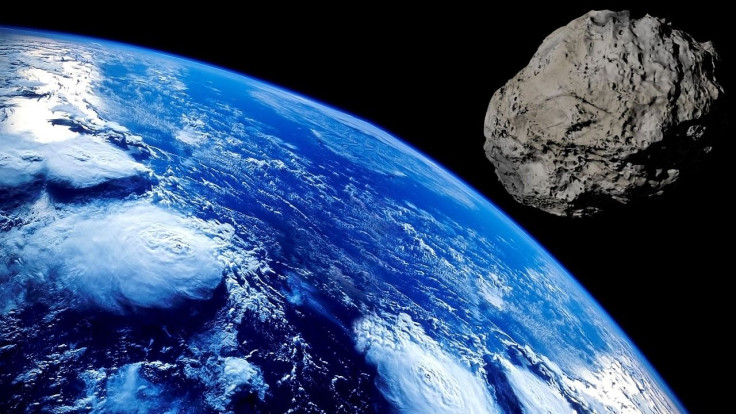Newly Discovered Asteroid To Near Miss Earth Next Week

A newly discovered asteroid with a diameter estimated to range from 170 meters to 390 meters will near miss the Earth on May 20 at a distance of only 6.5 million kilometers (4.0 million miles).
Discovered only last week, asteroid 2019 JB1 has been classified by NASA as a Near Earth Object (NEO) or a small Solar System body with an orbit that brings it into proximity with the Earth. A Solar System body is a NEO if its closest approach to the Sun is less than 1.3 astronomical units (AU).
If a NEO's orbit crosses the Earth's and the object is larger than 140 meters across, it’s considered a potentially hazardous object (PHO). The asteroid 2019 JB1 is a NEO but not a PHO because its orbit won’t intersect the Earth’s.
NASA’s Center for Near-Earth Object Studies (CNEOS) said NEOs “have been nudged by the gravitational attraction of nearby planets into orbits that allow them to enter the Earth’s neighborhood.”
NASA’s Jet Propulsion Laboratory (JPL) in Pasadena, California estimates 2019 JB1 will make only one flyby of the Earth. After that, asteroid 2019 JB1 will zoom into the cosmos and won’t return here in the foreseeable future. That’s a relief.
If 2019 JB1 is as large as 390 meters, it will almost be the same size as the Great Pyramid of Giza and a over four times taller than the Statue of Liberty. At this size, an asteroid can be considered a city-killer.
Just how destructive 2019 JB1 (or any other similar sized NEO) might be if it struck the planet was illustrated from late April to early May when a planetary defense exercise was conducted with New York City as the unfortunate victim of an asteroid 100 to 300 meters in diameter, about the same size as the 2019 JB1.
In the simulation, New York and its nearby boroughs were completely “flattened” by a killer space asteroid that struck in April 2027. This exercise involved eight years of preparation and wound up with Earth’s defenders failing to deflect the massive asteroid.
NASA said 2019 JB1 is hurtling through space at the incredible speed of more than 93,000 km/h (58,000 mph) and will make its closest approach to Earth at a distance of 6.5 million km at 11:21 p.m. ET on May 20. This means that at its closest approach, the asteroid will miss the Earth at a little less than 17 times the distance to the Moon. But what if there’s a change in its direction?
“Note that a ‘close’ passage astronomically can be very far away in human terms: millions or even tens of millions of kilometers,” said CNEOS.



























